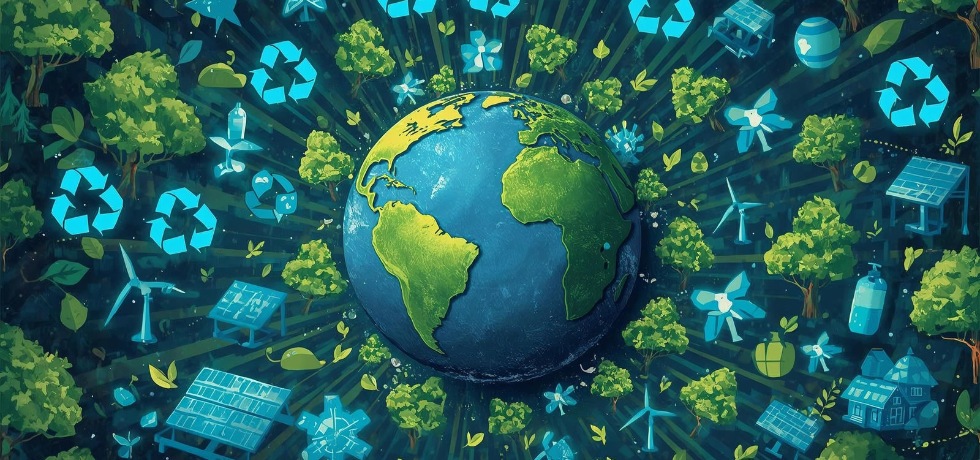Sustainability

Climate change is one of the most pressing challenges of our time, and every small action counts toward creating a more sustainable future. Among the many strategies to reduce greenhouse gas emissions, recycling stands out as a simple yet powerful way for individuals, communities, and businesses to make a real impact. Understanding the role of recycling in fighting climate change can help us make smarter choices in our daily lives.
How Recycling Reduces Carbon Footprints
Recycling reduces the need to extract, transport, and process raw materials—activities that are energy-intensive and contribute significantly to greenhouse gas emissions. For example:
- Recycling aluminum saves up to 95% of the energy required to produce it from raw ore
- Paper recycling reduces deforestation and the carbon dioxide released during tree cutting and pulping
- Plastic recycling prevents excess petroleum usage and lowers pollution from incineration or landfills
By keeping materials in use longer, recycling helps cut down on emissions and conserves natural resources, directly supporting climate action.
The Broader Environmental Impact
Beyond carbon reduction, the role of recycling extends to protecting ecosystems and reducing waste in landfills and oceans. Landfilled waste produces methane—a greenhouse gas far more potent than CO₂. Recycling diverts waste from landfills, reducing methane emissions and protecting local environments. Additionally, recycling lowers water and air pollution linked to manufacturing processes, making it a holistic tool for environmental preservation.
Also Read: 10 Smart Ways to Improve Energy Efficiency in Your Supply Chain
Recycling and the Circular Economy
Recycling is a cornerstone of the circular economy, a model that emphasizes reusing materials rather than following the traditional take-make-dispose approach. By reintroducing materials into the production cycle, we reduce the need for raw resources, cut emissions, and create sustainable business opportunities. Companies that integrate recycling into their operations not only contribute to climate solutions but also reduce costs and demonstrate environmental responsibility.
Practical Steps to Make a Difference
Everyone can play a part in leveraging the role of recycling to combat climate change:
- Separate waste properly: Follow local recycling guidelines to ensure materials are processed correctly
- Reduce and reuse first: Minimize consumption and repurpose items before recycling
- Support recycled products: Buy goods made from recycled materials to close the loop
- Participate in community programs: Join local clean-ups and recycling initiatives
Even small actions, when multiplied across communities, can lead to significant reductions in carbon emissions and waste.
Final Thoughts
The role of recycling in combating climate change is undeniable. From reducing carbon footprints to conserving resources and supporting a circular economy, recycling empowers individuals and businesses to make tangible environmental contributions. By adopting responsible recycling practices today, we pave the way for a greener, healthier planet for future generations.
Tags:
RecyclingSustainable InnovationAuthor - Vaishnavi K V
Vaishnavi is an exceptionally self - motivated person with more than 4 years of expertise in producing news stories, blogs, and content marketing pieces. She uses strong language, and an accurate and flexible writing style. She is passionate about learning new subjects, has a talent for creating original material, and the ability to produce polished and appealing writing for diverse clients.